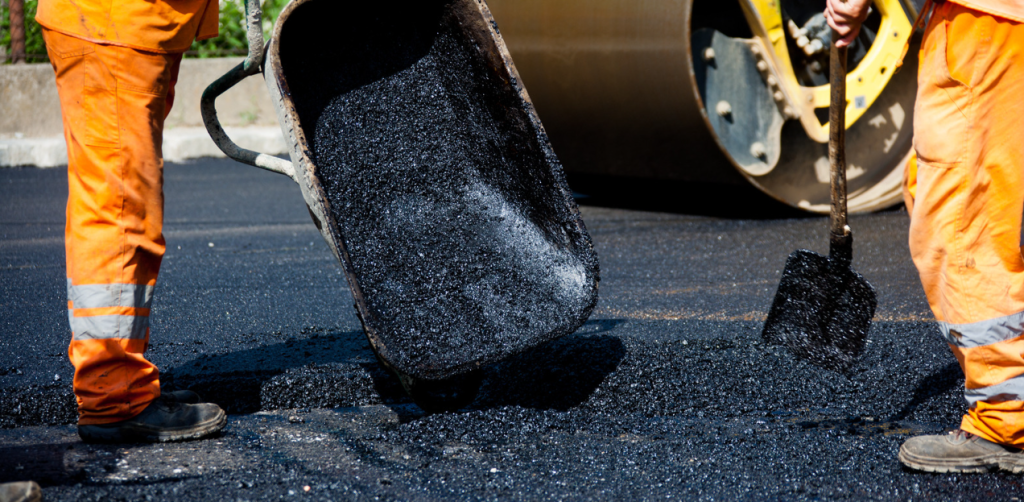Asphalt is a common material used in the construction of roads, driveways, and parking areas. The most outstanding feature though is its color. The color of asphalt is presented in detail in this article to reveal the causes of its variation.
Asphalt can be bought in other colors, but asphalt is usually black. Due to the material content, this shade is as dark as espresso. Asphalt is a derivative of petroleum; that is why it is black – it has a very high concentration of carbon. Asphalt mostly comes in black, which causes it to heat and hold heat in warm climates, which is preferable.
Why is Asphalt Black?
The black color of asphalt results from the nature of its carbon content. Carbon is a dark solid that remarkably absorbs of light’s spectrum band, thus making it black. Of the other materials, sand, gravel, and bitumen are also black or have a very dark color, which also contributes to the appearance of the asphalt.
Variations in Asphalt Color
Black is standard for asphalt, but there are instances where it may look like a different color. In effect, it is well-known that asphalt’s color depends on certain parameters, such as the age of the asphalt, the materials used for its production, and interaction with the surrounding environment.
1. Aging
Aging, or perhaps other weather conditions, may cause asphalt to change color. The part of the asphalt pavement where little traffic comes into contact with it gradually degrades over time and turns even darker. This darkening is due to a transformation of the hydrocarbons in asphalt by undergoing a process of oxidation, leaving a more concentrated amount of carbon on the surface. Its vivid manifestation is truly observable in parking lots or driveways, where the contrast of color between newly paved and older areas is evident.

2. Composition
Asphalt is made from materials that also affect its color. There are variations of aggregates or additives from asphalt manufacturers that can influence output color. For instance, recycled asphalt pavement (RAP) will produce a slightly lighter or different asphalt color. Moreover, the color-modifying ingredients can either make the asphalt darker or lighter depending on the other ingredients used in the mixture.
3. Environmental Exposure
Asphalt has a specific color that changes under different conditions. Effects such as sunlight and rain can affect the asphalt causing it to turn blackish. Hydrocarbons will inevitably degrade by the ultraviolet (UV) rays in the sun’s light, causing the asphalt to darken. Furthermore, the influence of water on the surface makes the asphalt oxidize, which contributes to the appearance of darkening.
4. Type of Asphalt
There are two main types of asphalt: hot mix and warm mix. Probably the most frequently utilized kind of asphalt is hot mix asphalt, used for paving roads and driveways and applied at temperatures ranging from 300 to 350 degrees Fahrenheit. Warm mix asphalt can be positioned at temperatures of about 200 to 250 degrees Fahrenheit. Because warm mix asphalt is produced at a comparatively lower temperature, it is observed to be slightly lighter in color than hot mix asphalt.
Lighter Shades of Asphalt
Asphalt can be primarily black, but there will be some sections of it that don’t appear black. This is due to the fact that some materials contain additives or pigments, which change the material’s color as a whole. Some asphalt companies add these light-colored pigments just to achieve the different shade of asphalt material. However, this sort of asphalt could be less resilient or not as long lasting as the black asphalt that is more customary.

Asphalt Maintenance and Color
Paving material like asphalt should be kept at its natural color and appearance to improve its qualities and durability. Some of these include sealing and filling the cracks to reduce oxidation and the effects of weathering, which will help to maintain the black appearance. The type of asphalt used, however, as well as the procedures followed while applying it and paving it can go a long way towards keeping your asphalt black for many years.

